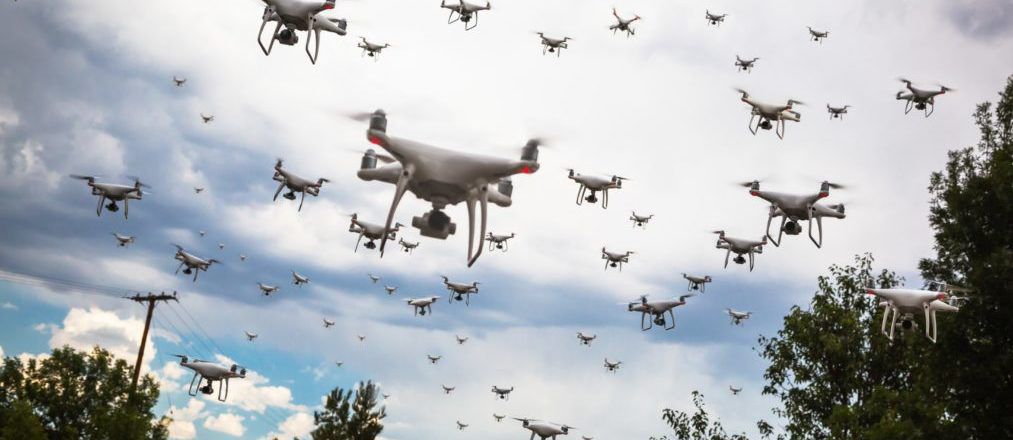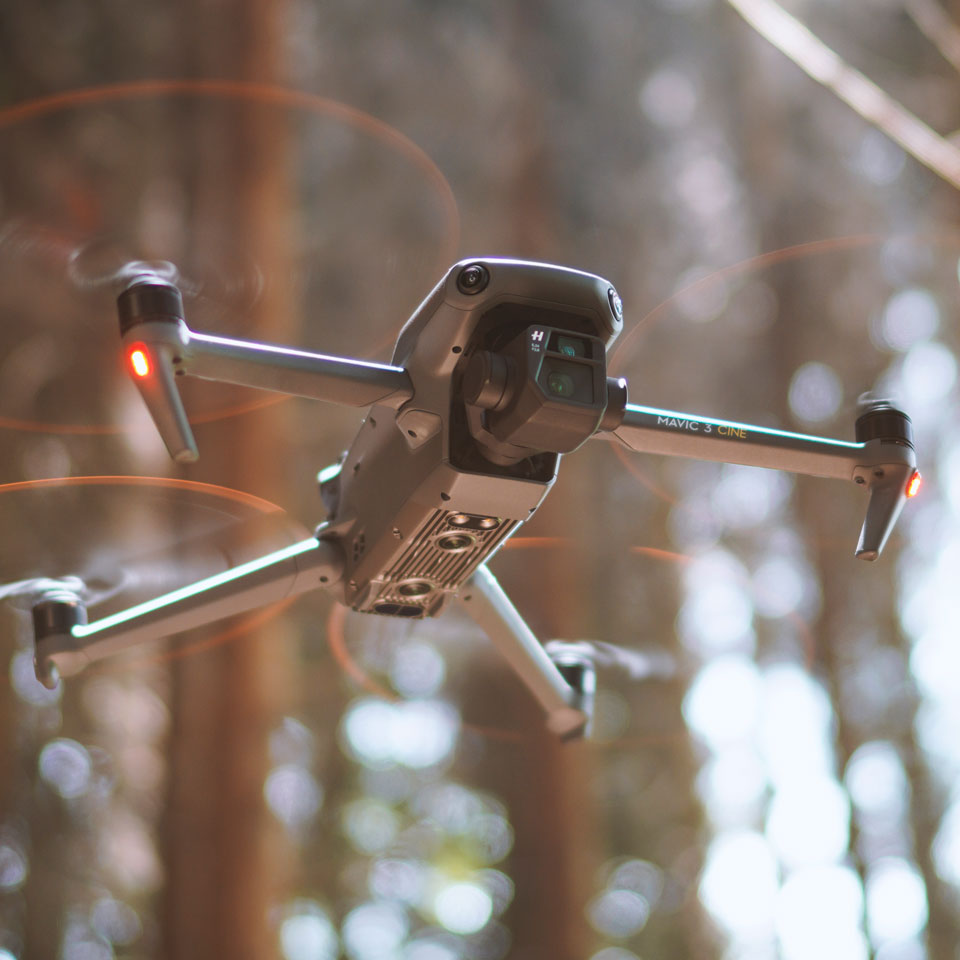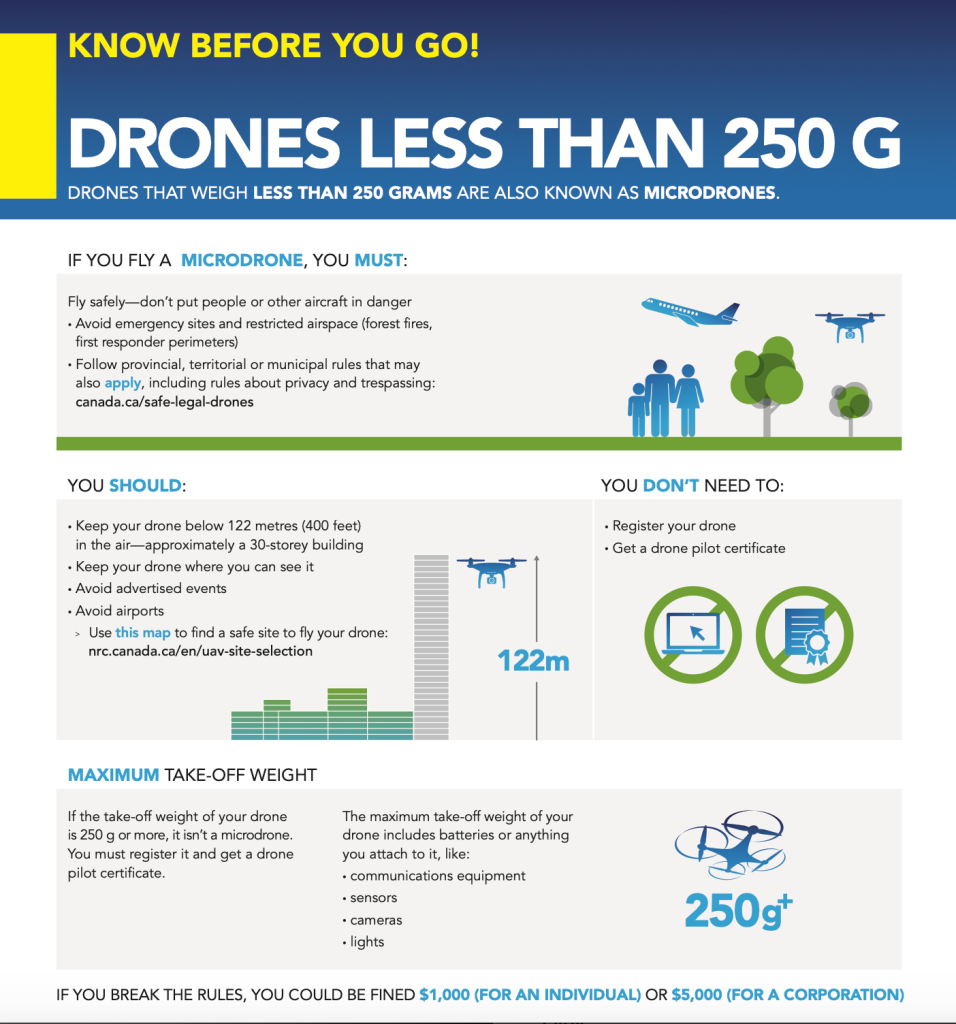
Personal drones, also known as flying machines, are autonomous flying machines that fly without a pilot. These can be used either for commercial purposes or for personal pleasure. The Ehang 184 is an example of a passenger drone. The Ehang 184 is a passenger drone that allows passengers to sit in the craft and choose their destination. Agents used personal quadcopters to list their listings. Agents used to rely upon photographs to show potential homeowners, but the photos were only one-dimensional. These limitations were overcome with personal drones.
UAVs designed to be mass-market
In the beginning, drone development was primarily about developing practice targets for military personnel. British inventors used the term drone to describe radio controlled aircraft. A.M. Low designed the "Aerial Target" back in the early 1900s. He flew a monoplane under his control on 21 March 1917. Low also developed aircraft controlled fast motor launches for the Royal Navy. These were intended for attacking port installations and shipping, and his drone was used in the preparation of the Zeebrugge Raid.
Unregulated airspace
You might be wondering if it is safe to fly your drone within unregulated airspace as a hobbyist. It's not as fun as it sounds. You need to keep out of the way of manned planes. Fortunately, the FAA has set regulations for the use of drones in the air, including flight heights and distances. Below are the rules you should be familiar with before flying your drone.

GPS positioning system
The GPS positioning system for personal drones can be a great way to direct your flying robot towards your destination. GPS drones come with a GPS receiver, which communicates with at minimum four satellites to determine their position within centimeters and meters. This makes it much easier for you to maneuver your drone and find its destination. Here are some of these benefits: First, it makes it easier for you to reach your destination.
Wi-Fi control system
Wi-Fi control is a good option for personal drones. Wi-Fi allows you to access the Internet directly from your drone without having to connect to any WiFi network. Wi-Fi may be convenient but it can sometimes be distracting when you use it to control a personal drone. The Wi-Fi connection allows you to control the drone from anywhere. To communicate with the drone, both transmitter and receiver must be at the same frequency.
Extended warranties
Consumers should consider purchasing extended drone warranties to cover unexpected repairs and expenses. These policies can be a financial and legal relief for consumers. These policies generally cover accidental or manufacturing defects as well as early wear and tears. But, some warranties do not cover personal drones. It is important that you read the warranty details before buying. Learn more about the options available to you. Contact a drone manufacturer to extend your warranty.

FAQ
Which US states make drones legal?
A drone can be legally operated for recreational purposes. The Federal Aviation Administration (FAA), has established guidelines that allow the use of small unmanned aircraft systems (UASs). These UASs have to be registered with FAA before they are allowed to fly. If certain conditions are met, the FAA allows commercial operators to fly these UASs.
Can I fly my drone in my local park?"
Yes, you can fly drones at parks all around the world. Some countries prohibit the use of drones in parks. This is because of safety concerns. Take a look at our list of legal places to fly drones for entertainment.
Is Drones Prohibited?
The FAA has prohibited drones from flying close to airports or stadiums, sporting events and nuclear power plants. However, they do allow them to fly at night using GPS technology.
Which drone is best for beginners?
One of the most popular beginner drones is the DJI Phantom 2 Vision+. The 4K camera on this model allows you to take stunning aerial photos and videos. The drone's GPS system allows you to navigate easily.
Statistics
- According to industry research from ZipRecruiter , there are 10 cities where the typical salary for a Drone Pilot job is above the national average. (dronesgator.com)
- According to Indeed, a drone pilot gets paid $25.73 per hour on average in the US. (dronesgator.com)
- According to ZipRecruiter, the minimum hourly wage of drone pilots is $20. (thedroneu.com)
External Links
How To
How to Fly Drones with Beginners
A drone refers to a remote-controlled aircraft designed for aerial photography, surveillance and scientific research. Drones have been in use since World War II. DJI's Phantom quadcopters became commercially available in 2010. There have been many types of drones since then, including beginner-friendly drones like the Parrot AR Drone 2.0 and professional-grade multi-rotor crafts like the DJI Mavic Pro.
There are many ways to fly a drone.
-
Remote control - This allows you to control the drone from your hand. There are two main types for controllers: Joysticks or On/Off switches, which can be used to control the drone's flight path.
-
Manual Control - This method uses a smartphone app to remotely control the drone using GPS coordinates. Follow the instructions of the app to track the exact location you want the drone go.
-
Autonomous flight - The drone takes over the piloting duties. It allows the drone to fly independently without any human intervention. It must have a builtin camera, sensors capable of taking images and data to enable autonomous flight.
-
Triggered flight - This is similar to manual control except that the pilot sets up a preprogrammed route and the drone follows the route until it reaches its destination. Once the programmed route is completed, the drone lands automatically and returns back to the base.
-
Landing Gear - Some drones come equipped with landing gear that allows them to land safely if they lose power or run out of battery during flight.
-
Goggles - Some pilots wear goggles to protect themselves from debris while operating.
-
Camera - Some drones are equipped with cameras allowing you to capture photos and videos from above.
-
Obstacles: Some drones are equipped with obstacle avoidance systems to prevent them from hitting obstacles.
-
Speed – Some drones can reach speeds in excess of 40 mph.
-
Battery Life: Most drones have a battery life of between 20 and 30 minutes depending on how many power sources you use.
-
Some drones are capable of traveling up to 30 miles depending upon their make and model.
-
Power source - Some drones require an external power source; others work off internal batteries.
-
Weight - Some drones have a weight of less than 1 pound and others weigh 4 lbs.
-
Size - Drones can range in size from tiny devices that can fit in your palm to heavy crafts that weigh 50 pounds.
-
Price - From high-end models that cost thousands of dollars to low-cost options that start at $100, all drones fall under a certain price category.